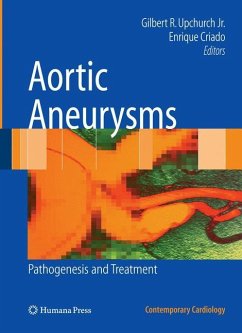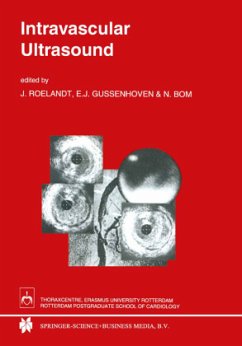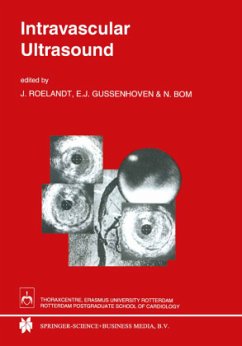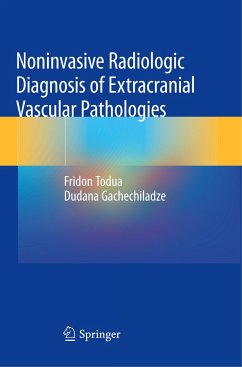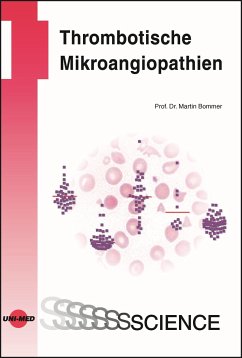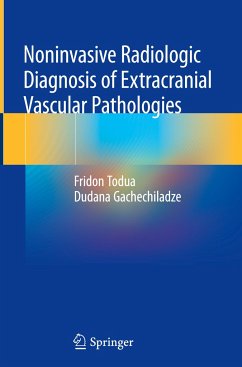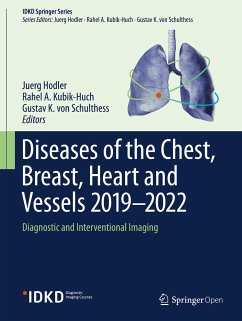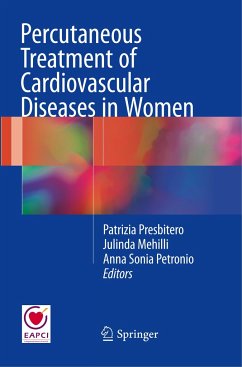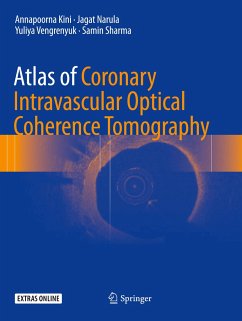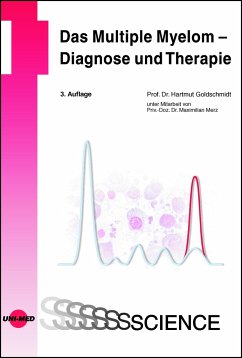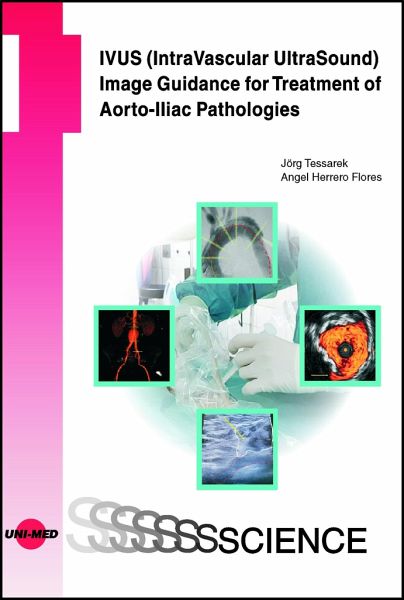
IVUS (IntraVascular UltraSound) Image Guidance for Treatment of Aorto-Iliac Pathologies

PAYBACK Punkte
0 °P sammeln!
Ultrasound-based image guidance for endovascular interventions has long been propagated as safe and (cost)-effective in many respects. IVUS guidance has also been shown to be superior to angiographic guidance in aortic disease, both in terms of imaging and radiation reduction.This book discusses the value and potential applications of IVUS in aorto-iliac pathologies. Part I explains the potential risks and side effects of using X-rays for patients and staff. The current status of IVUS imaging and the requirements for successful use of this tool are presented. Part II focuses on when and how to...
Ultrasound-based image guidance for endovascular interventions has long been propagated as safe and (cost)-effective in many respects. IVUS guidance has also been shown to be superior to angiographic guidance in aortic disease, both in terms of imaging and radiation reduction.This book discusses the value and potential applications of IVUS in aorto-iliac pathologies. Part I explains the potential risks and side effects of using X-rays for patients and staff. The current status of IVUS imaging and the requirements for successful use of this tool are presented. Part II focuses on when and how to use IVUS guidance in the aortic and pelvic segments. In addition to the presentation of the technical equipment, recommendations are given for the implementation of IVUS in the daily routine and for image generation, procedural sequences and interpretation of the findings based on the display on the IVUS monitor.This book is a useful guide for physicians and other staff members dealing routinely with radiation-based imaging in the operative setting or the angiosuite. It will also raise the reader's awareness for the X-ray-associated risks and available solutions for improving radiation safety in the OR and the procedural and outcome quality.




